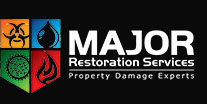Your home may have serious issues as a result of water damage, such as leaking appliances, sewer backups, broken pipes, and flooded basements. Water damage must be repaired as quickly as possible since mold can grow in just 24 hours. Stopping leaks and other problems at their source should be your main priority. To learn more about water damage restoration, keep reading the article.
Water Damage Restoration
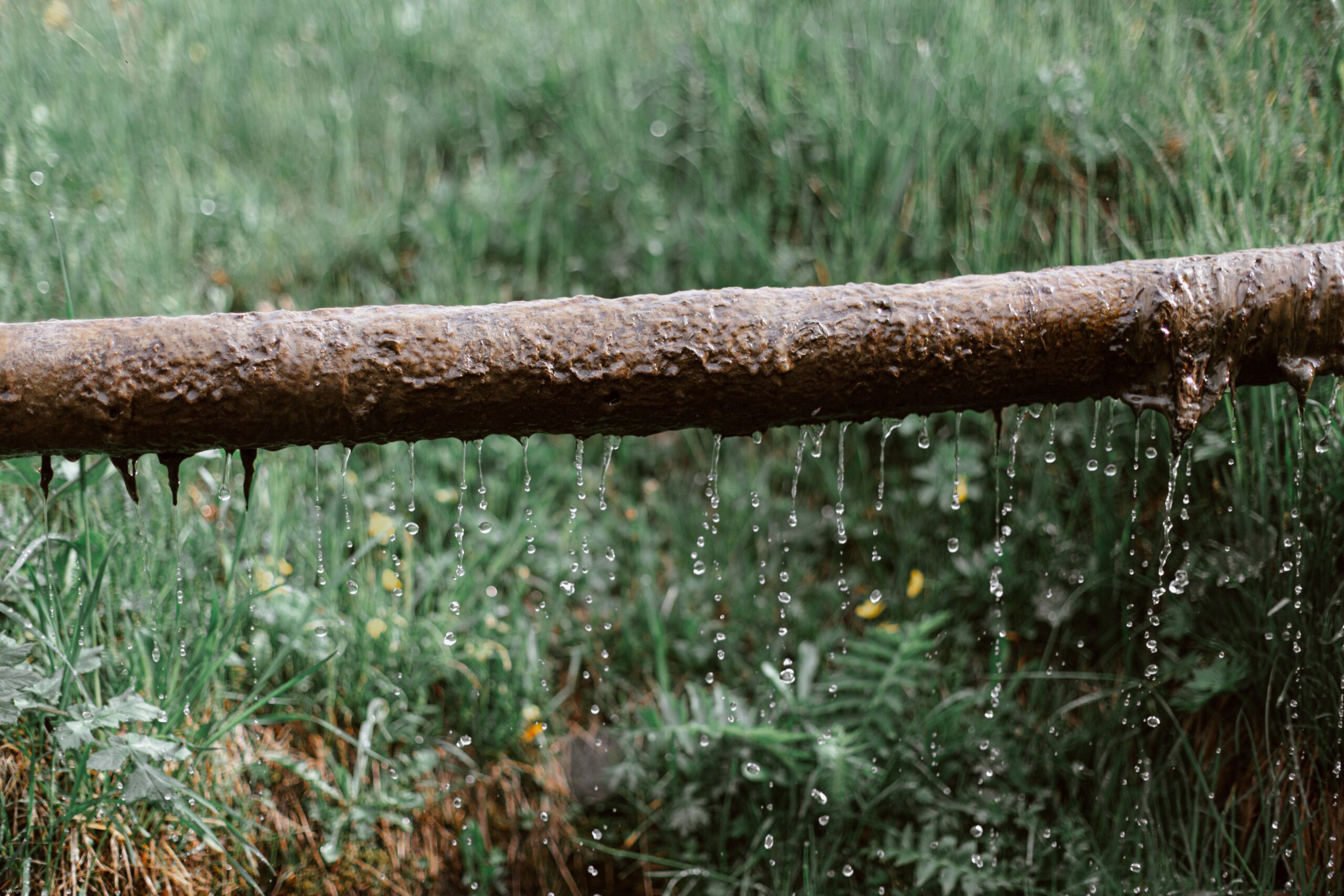
When water enters a building or home, it can cause material, structure, and property losses. Damage might range from mild to severe. Water damage can take many different types, including rotted wood, rusty metal, carpet damage, and more. If the water damage is not correctly handled, mold and mildew can grow and cause serious issues. Long-term risks to health from mold, bacteria, and pests can also result from ignoring water damage or failing to respond to it quickly enough.
Sources of exterior water include a rising water table, dripping gutters, and groundwater. Alternatively, water may leak from within due to damaged pipes, a clogged toilet, a broken water heater, or overflowing tubs or showers. The water types determine the need for water damage restoration.
Clear Water
Clean and portable water that frequently comes from burst water supply pipes.
Gray water
This murky water has frequently been used, such as water from bathtubs, dishwashers, sump pumps, or washing machines.
Black water
This black water is contaminated water from sewage systems or toilets.
Water Damage Causes
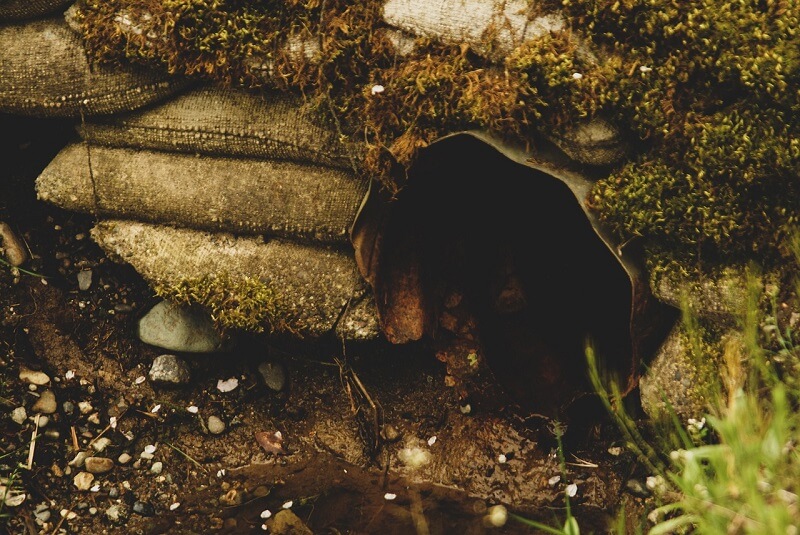
The first step in water damage is to understand what created it. It would be simpler for you to find the source of water damage if you are aware of the main causes.
The following are some of the main sources of water damage:
- Blockages from septic tanks and sewers
- Broken roof water drainage
- Broken sprinkler systems
- Clogged gutters and drains
- Condensation on an AC unit
- Household appliances
- Leaking water lines or pipelines
- Malfunctioning or outdated water heaters
- Malfunctioning sump pumps
- Natural disasters: fire, heavy rain, flood
- Overflowing sinks, toilets, bathtubs, and dishwashers
- PVC or rubber water supply lines
Knowing what to look for is just as important as knowing where to look. Even in places where none of the major reasons mentioned above are present or seem to have had an effect, water damage might still exist. In an instance, you should be able to spot the signs of water damage quickly.
Signs of Water Damage
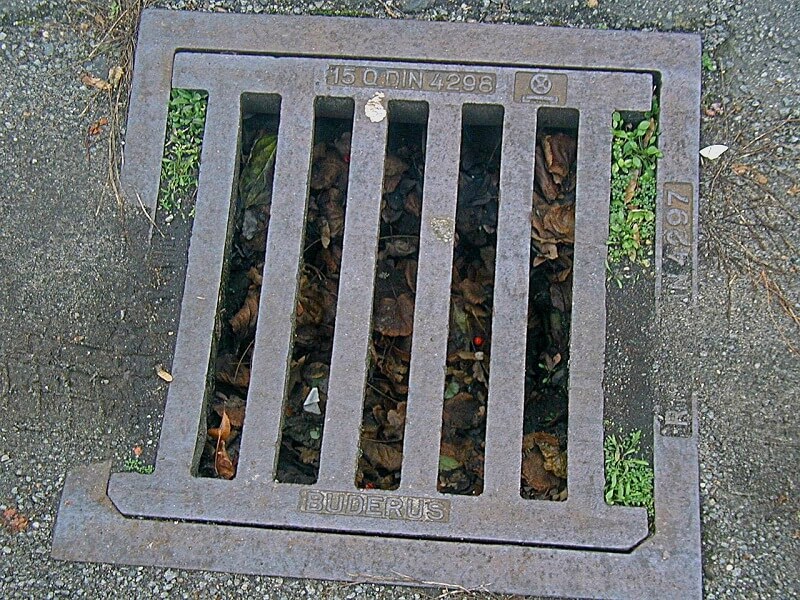
The ability to recognize the initial signs of water damage is one of the most important protocols for water damage restoration.
The following are some signs of water damage:
- Airborne particles & allergens
- Animal invasion
- Cracked or peeling paint
- Materials that are swollen or distorted
- Mold or mildew
- Musty or damp smells
- Pools of water
- Structural damage
- Soft areas or sagging
- Wall or ceiling cracks
- Water stains
- Worn-out carpeting and flooring
Steps for Water Damage Restoration
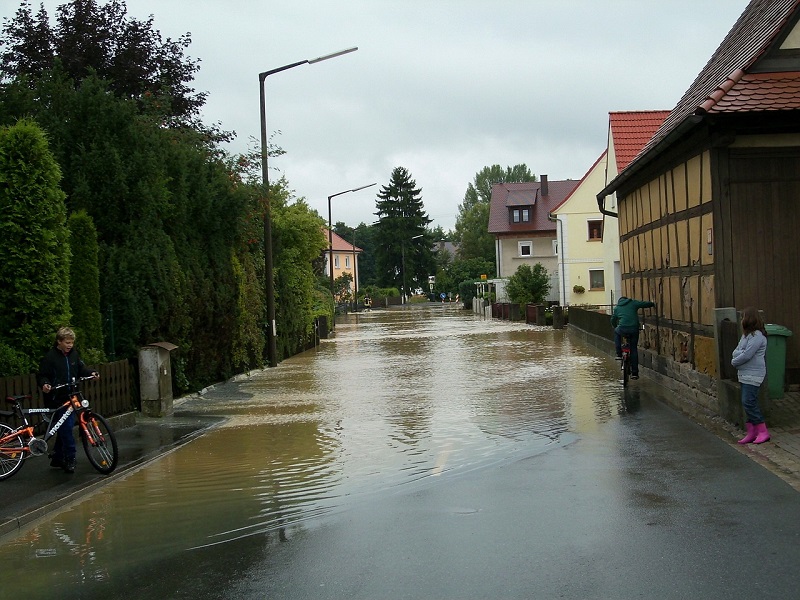
There are various steps in the water damage restoration process, though the details will vary depending on the severity of the damage. The following are the general steps in water damage restoration:
Step 1: Turn off the water and the electricity.
Electricity and water should not be combined. If a damaged pipe was the cause of the issue, the water source must be turned off.
If the cause is a natural disaster, turn off the electrical before entering a damaged property. When you enter the house again, make sure to put on protective clothing, such as rubber boots and gloves. This will shield you from infections that might become contaminated with water.
Step 2: Save the valuables from water damage.
To avoid leaving stains on the carpet, you can lift wood furniture out from under the wet carpet and place tin foil under the legs. Remove any rugs that might be on wet flooring as well.
Step 3: Inspect the water damage.
Analyze the water source, the type of water contamination, and the level of water damage.
Step 4: Take the water out.
As soon as possible, the water should be removed as much as possible. Useful tools for this include buckets, drains, wet vacs, and others.
Step 5: Clean and dry the water-damaged area.
It’s time to clean the area after the water has been removed. Cleaning and drying are necessary to reduce the risk of mold growth and to stop further damage. To dry and dry out the affected areas, you can use tools like heavy-duty fans (including air movers) and commercial-grade dehumidifiers. In addition to using these methods, you may increase air circulation by opening windows and doors.
You should give the area a few days to dry entirely even though everything seems tidy and dry.
Step 6: Repair and restore the water-damaged area.
Restore any damaged items to their original condition by repairing them. Discard non-salvageable components, such as carpet padding and walls below the flood line. While carpets can be thoroughly cleaned, they will probably need to be replaced. If the water damage isn’t too severe, it may be possible to repair drywall and reuse wooden trim boards. Reconstruction, however, can also be required, particularly if a natural disaster caused water damage.
Depending on the severity of the damage, this procedure varies. It can range from basic repairs like touching up paint to complete foundation overhauls of your property.
Step 7: Replacing Destroyed Materials
Water-damaged items should be taken out of the area and replaced. If the water damage is caused by natural disasters and is severe, it must be done as soon as possible.
Summary
Regardless of its severity, water damage requires immediate action. If the damage has been severe or was caused by a natural disaster, you may either perform the water damage restoration on your own or contact professionals to do it. Understanding the phases of water damage restoration is essential if you want to be ready for any surprises that may come your way. Knowing what to do lets you get back to your life as soon as possible.

